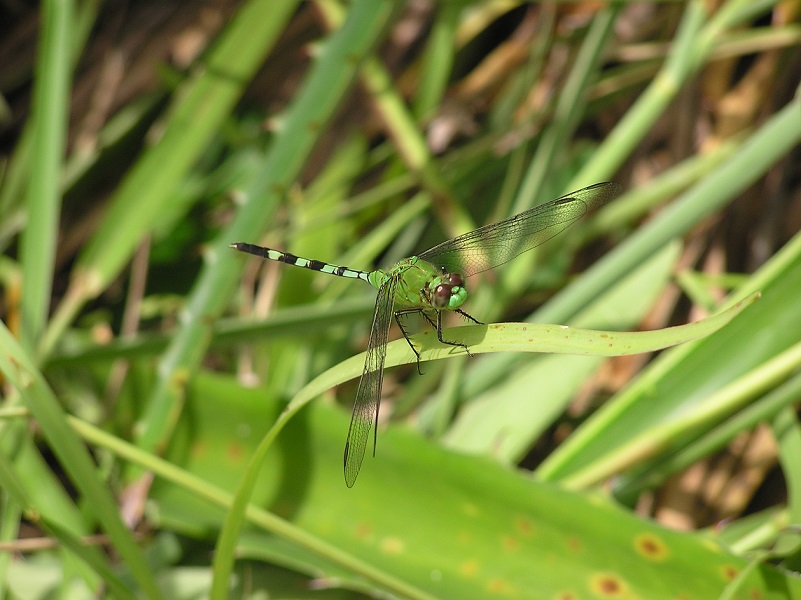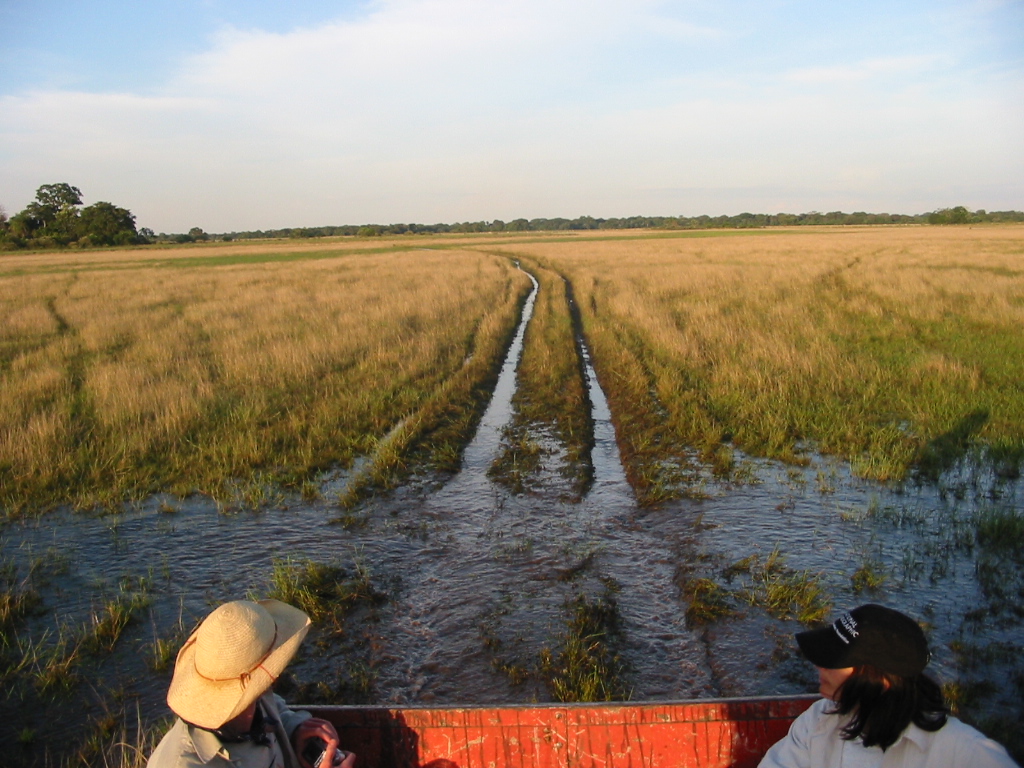Threats
Pantanal

Because more than 95% of the Brazilian Pantanal (70% of the total) and the bordering Cerrado highlands consist of private properties, the region has been vulnerable to recent (last 50 yrs) economic trends that have driven large-scale deforestation and agricultural development.
For the Pantanal and bordering Cerrado, long- and short-term consequences related to deforestation, native vegetation conversions, and inefficient land use practices, include:
- Increased CO2 emissions that contribute to climate change, hydrologic alterations that dry up head water streams and flood plain wetlands, accelerated erosion and sedimentation that clog and divert rivers on the flood plain, fragmentation of native vegetation cover, causing local extinctions of species with large area requirements, eutrophication (nutrient enrichment) of aquatic environments, degradation of water quality, increased risk of disease transmission between wild animals and domestic livestock, increased conflicts between humans and large cats as forest cover and native prey species become scarce and regional losses of ecosystem services and biodiversity.
